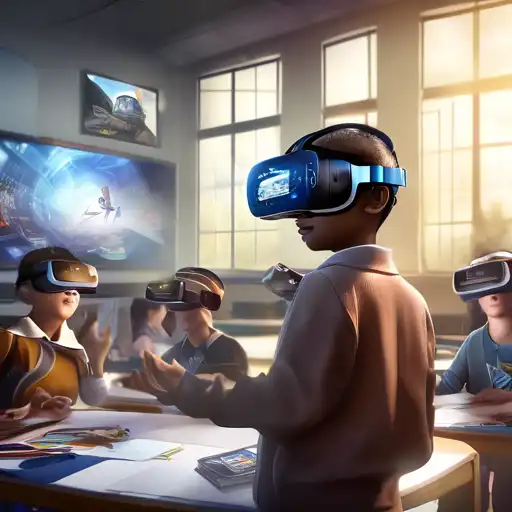Revolutionizing Learning: The Impact of Virtual Reality in Education
Virtual Reality (VR) is transforming the educational landscape, offering immersive learning experiences that were once unimaginable. This technology is not just a tool for entertainment but a powerful educational instrument that can enhance understanding, retention, and engagement among students of all ages.
The Benefits of VR in Education
VR in education brings numerous benefits, including:
- Enhanced Engagement: VR captivates students' attention like no other medium, making learning more engaging and fun.
- Improved Retention: Immersive experiences help in better retention of information by involving multiple senses in the learning process.
- Accessible Learning: VR makes it possible to visit historical sites, explore the human body, or even travel to space without leaving the classroom.
- Safe Environment: It provides a safe environment for practicing risky procedures, such as surgical operations or chemical experiments.
Implementing VR in Classrooms
Implementing VR technology in classrooms requires careful planning and consideration. Schools and educators need to:
- Invest in the right VR equipment and software that aligns with their educational goals.
- Train teachers on how to effectively integrate VR into their lesson plans.
- Ensure content is age-appropriate and enhances the curriculum.
For more insights on integrating technology in education, explore our guide on educational technology.
Challenges and Solutions
Despite its benefits, VR in education faces challenges such as high costs and the need for technical support. However, solutions like shared VR experiences and cloud-based platforms are making it more accessible. Additionally, partnerships between schools and tech companies can provide the necessary resources and training.
The Future of VR in Education
The future of VR in education is bright, with advancements in technology making it more affordable and versatile. As VR becomes more integrated into educational systems, it will continue to break down geographical and physical barriers, offering equal learning opportunities to students worldwide.
For further reading on innovative learning methods, check out our article on innovative learning techniques.
In conclusion, Virtual Reality is ushering in a new era of education, making learning more interactive, accessible, and effective. By embracing this technology, educators can provide students with unparalleled learning experiences that prepare them for the future.
